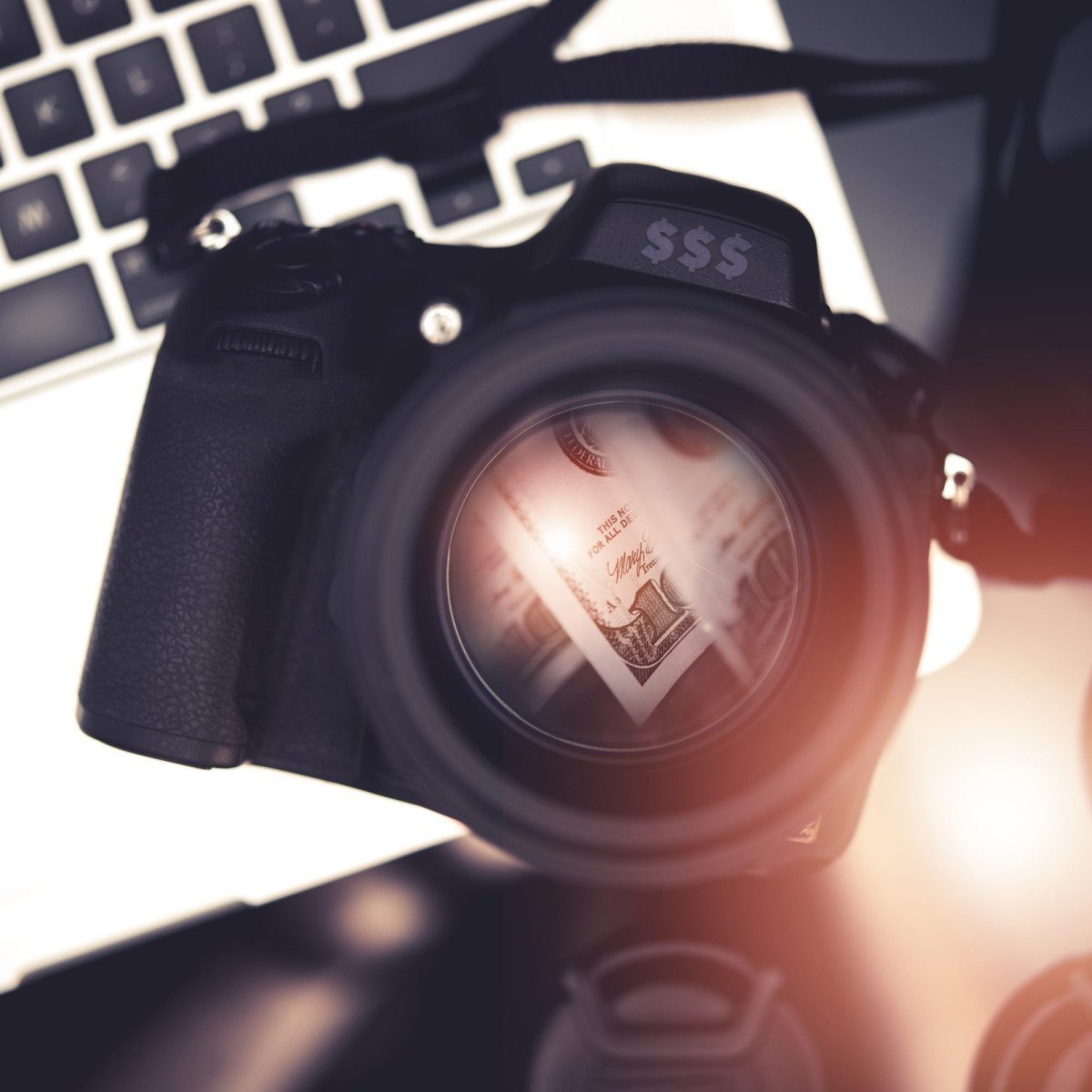I remember the first time I was handed the huge responsibility of capturing an event, a local fundraiser. Armed with my trusted DSLR, and a heart pounding with anxiety mixed with anticipation, I stepped into the crowd. If you’ve ever held a camera at an event, whether it’s a small gathering or a grand festival, do you recall being engulfed by the vibrant energy, teeming with moments begging to be captured?
Here’s a surprising statistic that underscores the significance of event photography: according to a study from Photo Shelter, 92% of event marketers plan to invest more in social media and photography to craft compelling visual stories. It’s clear that event photography isn’t just about capturing moments, it’s about weaving narratives and creating shareable experiences for individuals and brands.
The Essence of Event Photography
Interestingly, event photography is much like a dance. You’ve got to flow with the rhythm and pace of the event, often improvising as unpredictable moments present themselves. ‘Oh look, there’s the CEO sharing a laugh with one of the attendees!’ or ‘There’s a child cheekily stealing a cupcake!’ are noteworthy moments you’ll find yourself internally exclaiming while traversing an event venue.
The beauty of conceptual photography is that it allows you to create your own narrative in a controlled environment. Event photography, however, adds a twist to this—it’s all about portraying the event’s inherent narrative, while being ready to pivot and capture unplanned spontaneity.
Mastering the Dance of Event Photography
Being successful at event photography involves understanding and mastering certain nuances. Primarily, it’s about finding the right balance between being visible and invisible. You want to seamlessly blend into the flow of the event, almost like a fly on the wall, but at times, you also need to assert your presence, guiding attendees to capture the perfect shot. ‘Hey, could you all gather around the cake for a group picture?’, you might find yourself saying, orchestrating a memory-worthy moment.
Another fine line to tread involves respecting people’s space while not shying away from capturing candid moments. Reading people’s body language can guide when to click that shutter and when to pull back.
The setting can often throw surprises at you. An outdoor event might suddenly get drenched in a downpour, forcing you to adapt and find opportunities in the unpredictability. Ever considered the dramatic allure rain-soaked attendees might add to your photographs? Or the story an abandoned, dripping stage could tell?
Needless to say, mastering event photography is a constant push and pull between planning and improvising, between charting the course and riding the waves.
Equipment and Post-Processing
As crucial as your presence and skills at the event, is the gear you choose. Since events can range from dimly lit indoor events to bright outdoor festivals, you’d ideally want a camera that performs well in varied lighting conditions, and lenses that offer flexibility. A reliable flash can be a lifesaver in darker environments too.
Post-event, the magic of post-processing comes into play. Remember, the aim is to touch upon reality, not dramatically alter it. But a little color correction, cropping, or background blurring can enhance your captures.
Final Thoughts
As event photographers, we’re not just archivists, we’re story-weavers. We capture joy and sorrow, intense concentration, pure silliness, and soaring spirits – instances oblivious to the camera, genuine and spontaneous.
Ready to dive into the power-packed world of event photography? Explore, experiment, learn from your failures, and cherish your achievements. Through the lens, you’re not only telling the event’s story, but also expressing your unique perspective. So, grab your gear and step into the crowd. After all, isn’t life one big event waiting to be captured?


0 Comment